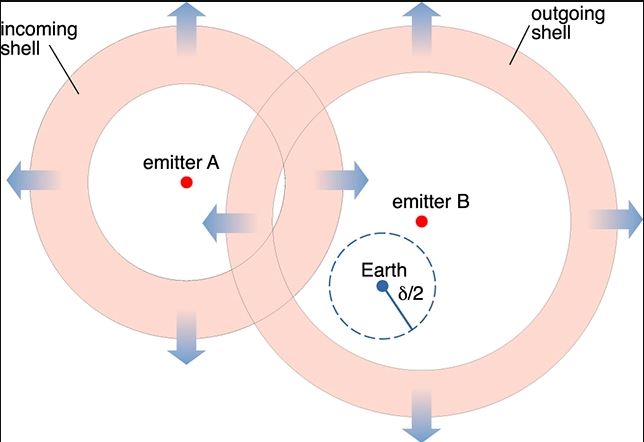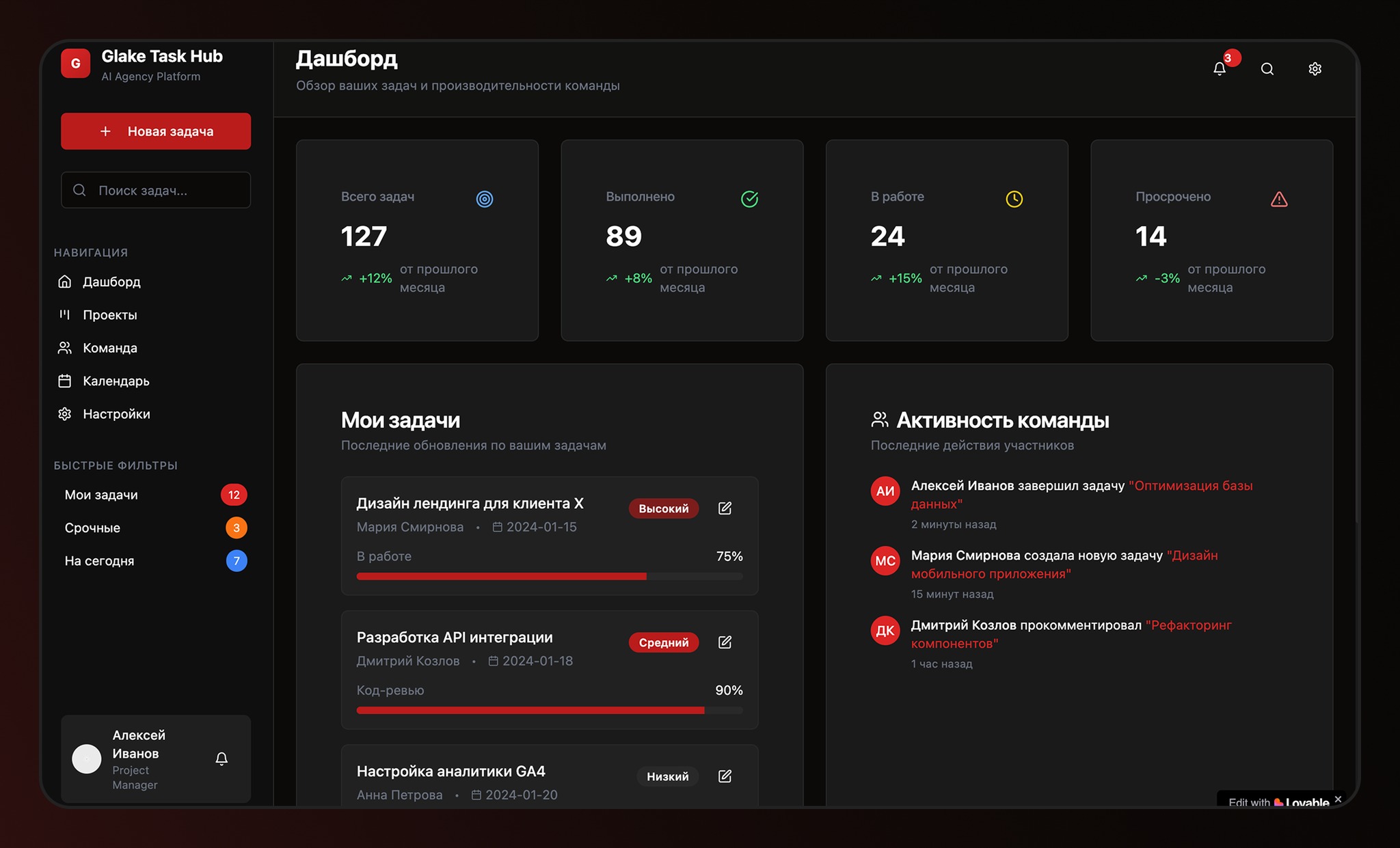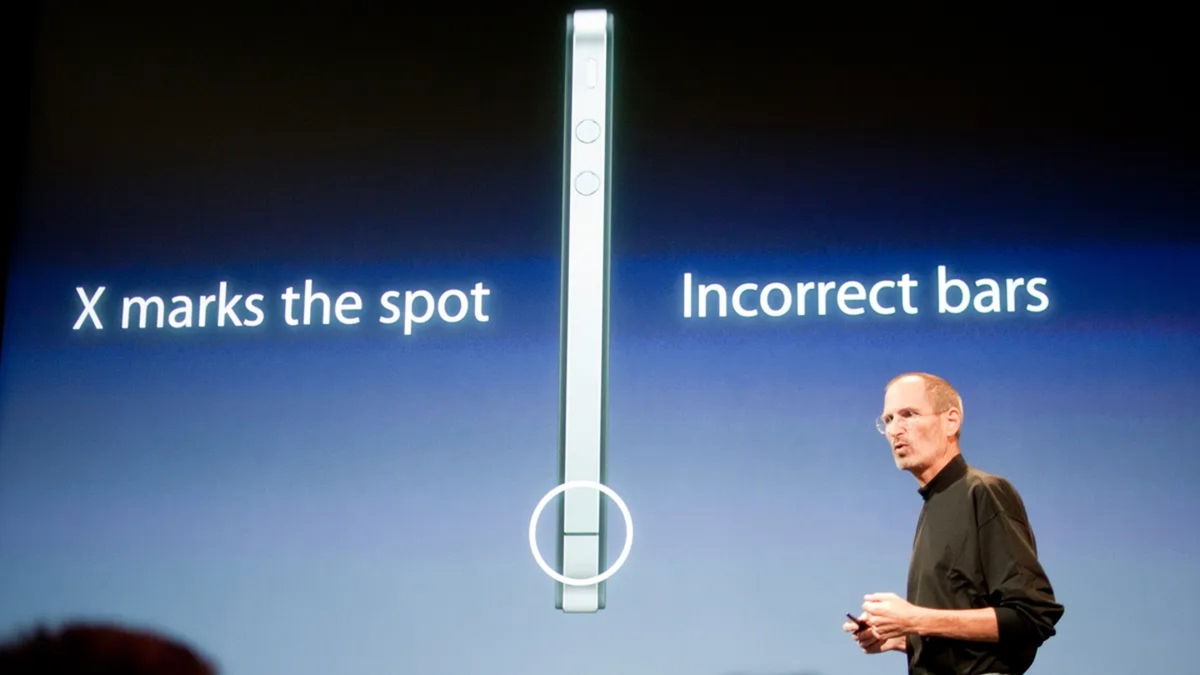A researcher in the laboratory of biophysics and statistics at the University of École Polytechnique Fédérale de Lausanne (EPFL) in Switzerland, published a study explaining why humanity has not yet come into contact with the feared aliens.
There are currently several international projects and organizations trying to communicate with extraterrestrials such as SETI (Search for Extraterrestrial Intelligence) by searching for low-frequency radio signals supposedly sent by intelligent life in outer space.
Unfortunately, despite all the efforts of scientists around the world, no contact with extraterrestrials has yet taken place. According to study author and biophysicist Claudio Grimaldi, Space is vast, and we’ve only been looking at alien records for 60 years, so there’s still a lot to look for.
The biophysicist also points out that there probably isn’t enough alien transmission on Earth’s path, so humans aren’t lucky enough to detect electromagnetic signals from other civilizations, he says.
According to some scientists, the Earth would be bombarded with signals from aliens, but our technology would not yet be advanced enough to capture these signals. Despite this, Grimaldi says he disagrees with the theory, and believes we’re not actually lucky enough to find a signal in space—probably not too many signals in our planet’s path.
“Perhaps we were unlucky in figuring out how to use radio telescopes as we traversed a part of space where electromagnetic signals from other civilizations were absent. To me, this hypothesis seems less extreme than assuming that we are constantly being bombarded with signals from other civilizations. But for some reason we cannot detect them,” Grimaldi said.
Solution to alien search
The study, published in the scientific journal The Astronomical Journal, explains that the best way to look for signs of extraterrestrial life is to look for possible signals picked up by telescopes used on other space missions, and stop using telescopes specifically to look for alien communication. . That is, the researchers would use data from other studies to detect radio signals in other parts of space.

Grimaldi believes it will take at least 60 years before humanity can detect a true extraterrestrial transmission. In any case, this would only happen if a radio telescope was pointed in the right direction.
“Earth may be in a bubble devoid of radio waves emitted by extraterrestrial life. So the best strategy may be to adopt the SETI community’s previous approach to using data from other astrophysical studies,” adds Grimaldi.
Source: Tec Mundo
I’m Blaine Morgan, an experienced journalist and writer with over 8 years of experience in the tech industry. My expertise lies in writing about technology news and trends, covering everything from cutting-edge gadgets to emerging software developments. I’ve written for several leading publications including Gadget Onus where I am an author.












